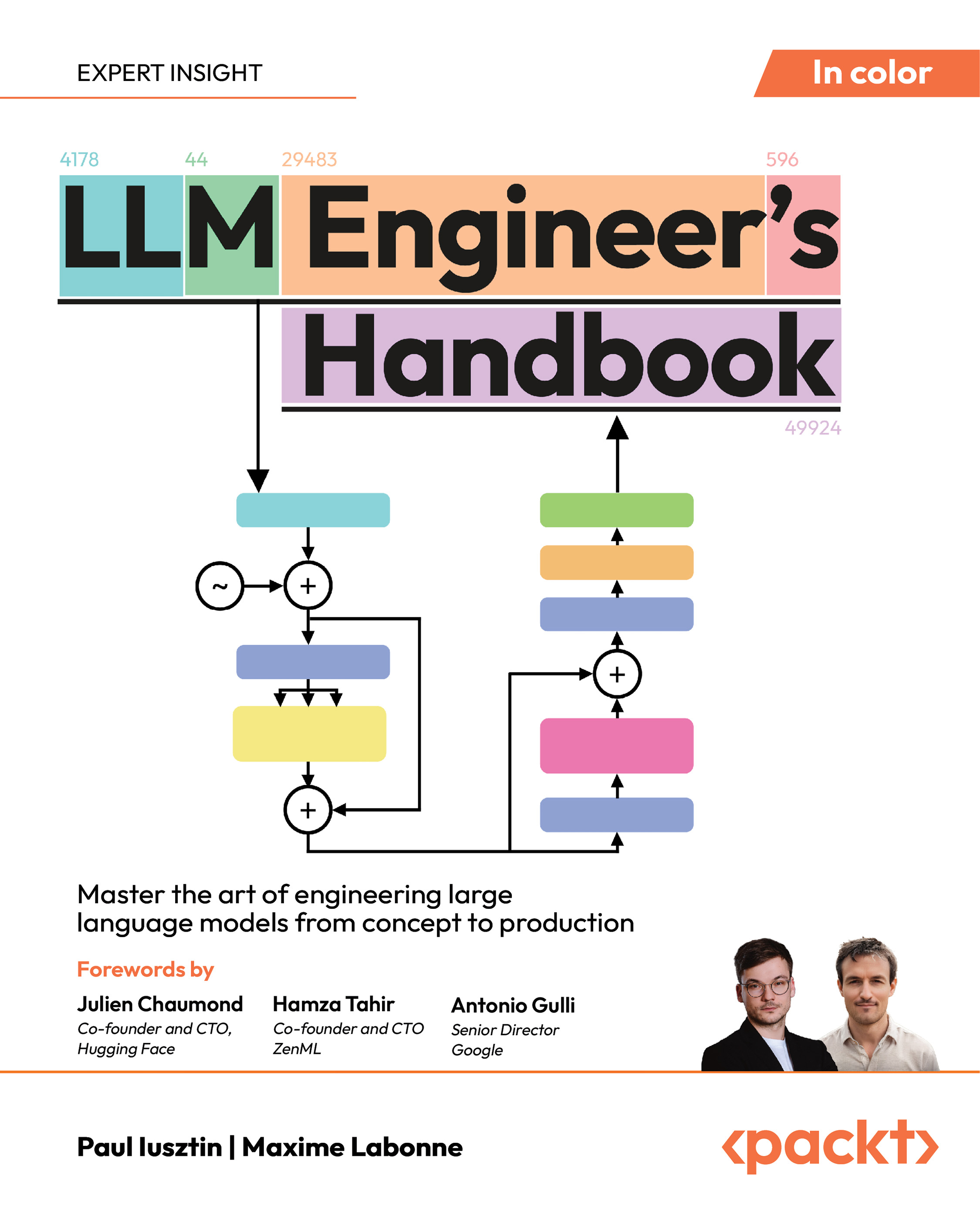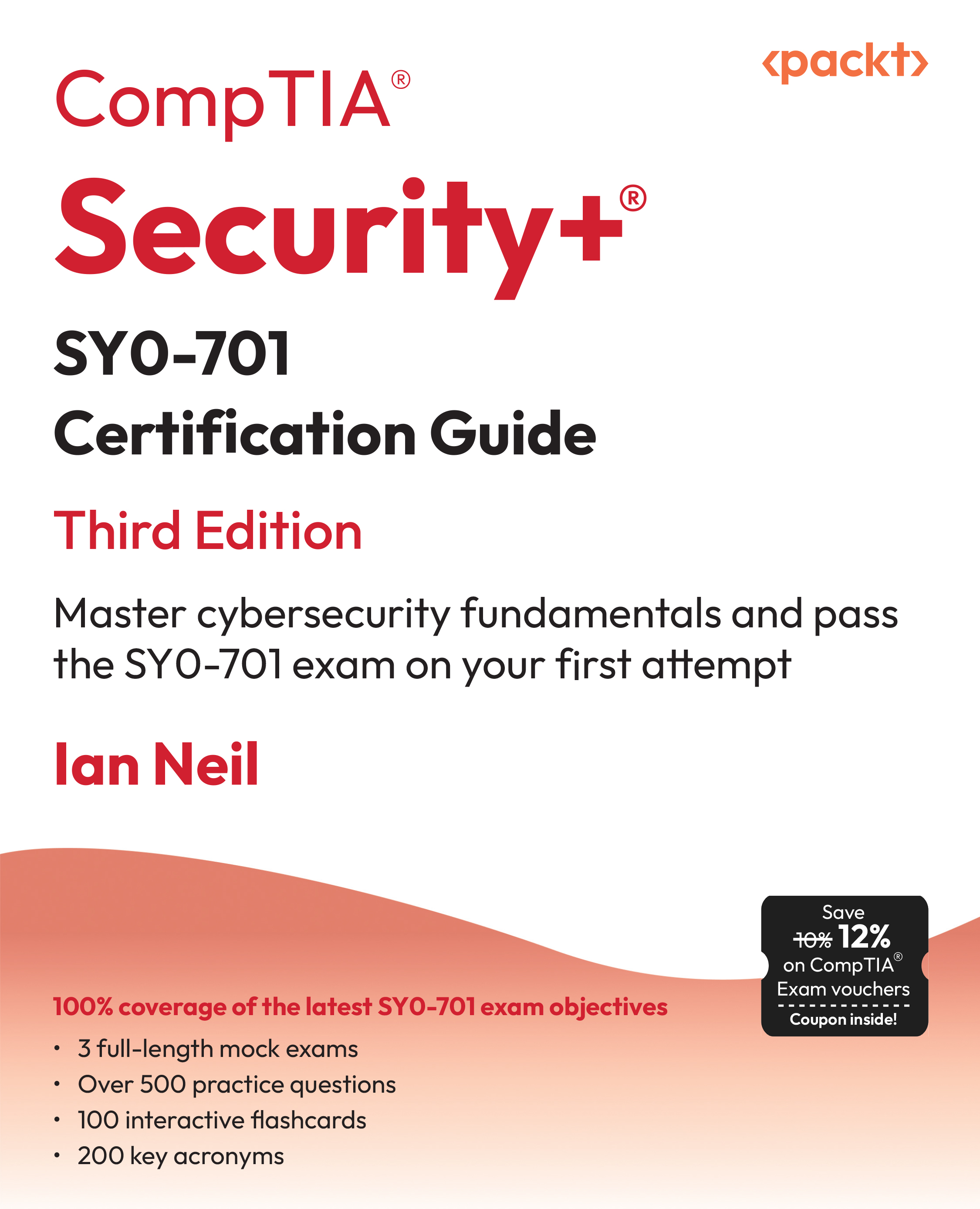Last week, a Huawei engineer reported a vulnerability present in the early Linux 2.6 kernels through version 4.20.11. The Kernel Address Sanitizer (KASAN) that detects dynamic memory errors within the Linux kernel code was used to uncover the use-after-free vulnerability which was present since early Linux versions.
The use-after-free issue was found in the networking subsystem's sockfs code and could lead to arbitrary code execution as a result.
KASAN (along with the other sanitizers) have already proven quite valuable in spotting various coding mistakes hopefully before they are exploited in the real-world. The Kernel Address Sanitizer picked up another feather in its hat with being responsible for the CVE-2019-8912 discovery.
The CVSS v3.0 Severity and Metrics gave this vulnerability a 9.8 CRITICAL score.
A fix for this vulnerability is already released and will come to all Linux distributions in a couple of days, and will probably be backported to any supported Linux kernel versions.
According to a user on Hacker News, “there may not actually be a proof-of-concept exploit yet, beyond a reproducer causing a KASAN splat. When people request a CVE for a use-after-free bug they usually just assume that code execution may be possible.”
To know more about this vulnerability, visit the NVD website.
Intel releases patches to add Linux Kernel support for upcoming dedicated GPU releases
Undetected Linux Backdoor ‘SpeakUp’ infects Linux, MacOS with crypto miners
OpenWrt 18.06.2 released with major bug fixes, updated Linux kernel and more!
Unlock access to the largest independent learning library in Tech for FREE!
Get unlimited access to 7500+ expert-authored eBooks and video courses covering every tech area you can think of.
Renews at €18.99/month. Cancel anytime
 United States
United States
 Great Britain
Great Britain
 India
India
 Germany
Germany
 France
France
 Canada
Canada
 Russia
Russia
 Spain
Spain
 Brazil
Brazil
 Australia
Australia
 Singapore
Singapore
 Canary Islands
Canary Islands
 Hungary
Hungary
 Ukraine
Ukraine
 Luxembourg
Luxembourg
 Estonia
Estonia
 Lithuania
Lithuania
 South Korea
South Korea
 Turkey
Turkey
 Switzerland
Switzerland
 Colombia
Colombia
 Taiwan
Taiwan
 Chile
Chile
 Norway
Norway
 Ecuador
Ecuador
 Indonesia
Indonesia
 New Zealand
New Zealand
 Cyprus
Cyprus
 Denmark
Denmark
 Finland
Finland
 Poland
Poland
 Malta
Malta
 Czechia
Czechia
 Austria
Austria
 Sweden
Sweden
 Italy
Italy
 Egypt
Egypt
 Belgium
Belgium
 Portugal
Portugal
 Slovenia
Slovenia
 Ireland
Ireland
 Romania
Romania
 Greece
Greece
 Argentina
Argentina
 Netherlands
Netherlands
 Bulgaria
Bulgaria
 Latvia
Latvia
 South Africa
South Africa
 Malaysia
Malaysia
 Japan
Japan
 Slovakia
Slovakia
 Philippines
Philippines
 Mexico
Mexico
 Thailand
Thailand














